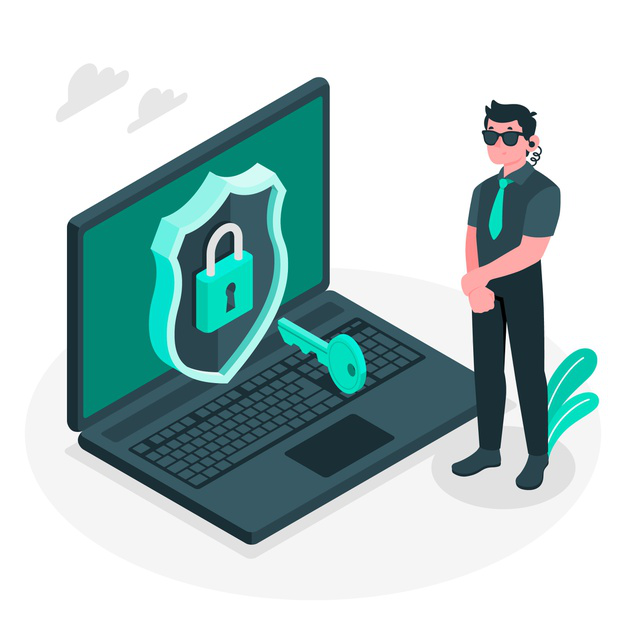How Do I Make My Website Secure?
If you have a business and you’re running a website as part of that business then the question “how can I make my website secure?” should be at the forefront of your mind at all times. Just as enterprises cannot assume that they are too big to be safe, so SMBs cannot assume that they are too small to be safe. Here is what you need to know.
How to Secure a Website: 3 Easy Steps
If you’re asking yourself “how can I make my website secure?”, then there are three key areas you need to cover. These are as follows. Invest in a website vulnerability scanner for your website. Minimize your website administrators. Use minimum software tools to maximum effect

1. Invest in a website vulnerability scanner for your website
Different vendors have different products but the core of any decent website vulnerability scanner is an anti-malware product and a web applications firewall. Hopefully, you’ve already invested in a robust anti-malware product with an integrated firewall for your computers and mobile devices. If not, then this needs to be addressed as a high priority. Remember that these devices tend to be used to access the back-end of your website. This means that if they are compromised, the hacker can potentially get an administrator’s username and password.
2. Minimize your website administrators
Every administrator account is a potential point of compromise. This means you must keep them to a minimum. One way to achieve this is to list out everything which needs to be done on the website and what level of access it needs. Remember, many tasks can be undertaken without administrator access.
Once you have figured out what needs to be done, you then need to figure out how many staff hours this is going to take and hence how many administrators you are going to need. Remember to make allowances for staff absences and to consider the fact that it’s easiest for people to provide cover if they get an opportunity to practice their skills regularly (so they know what they’re doing).
When you’ve established how many administrators you need, then choose them carefully. It’s sad to say but people on your own internal staff (and freelancers) could be malicious actors. This tends to be the exception rather than the rule, but it has to be kept in mind. Administrators need to be vetted very carefully and they also need to be effectively monitored. This means that every administrator needs their own credentials and sharing should be explicitly banned.
You also need to implement standard precautions regarding secure logins. These include insisting that your administrators use genuinely strong and unique passwords, implementing two-factor authentication, blocking users after a certain number of failed login attempts, and logging out users after a certain period of inactivity.
3. Use minimum software tools to maximum effect
The open-source content management systems often promote themselves on their wide range of third-party extensions. What’s more, the fact that they are open-source means that you can have your own customized solutions developed for you.
This is all great, but it is not all good news, at least not from a security perspective. For example, the fact that there is a huge range of third-party add-ons means that there is also a huge range of malware disguised as useful extensions, not to mention a huge range of add-ons created by amateur developers who mean well but don’t really know what they’re doing or have any interest in maintaining their product, especially if it’s free.
From a security perspective, therefore, the smart move is to limit the number of third-party add-ons you use to the absolute minimum. Make sure you research them thoroughly before you install them and ideally try them out in a test environment before installing them in production.
Also, remember that any software you use has to be kept updated. This is particularly important with open-source software as it is so easy for malicious actors to inform themselves of the security flaws in older editions of open-source software.
Similarly, it is very easy for malicious actors to learn about the default settings for the major CMSs. This means that you need to learn enough about the CMS you choose to be able to customize these appropriately. The more customizations you make, the harder it will be for malicious actors to figure out how your system works.
In particular, it’s often helpful to look closely at file and directory permissions, especially if you are using a shared server. Nailing these down can go a long way towards keeping your site safe even if another site on the same server is compromised by malware
Please click here now to have your website scanned, for free, by cWatch from Comodo.
How to Protect your Website from Viruses?
How do I check for malware in my site
© 2025 Comodo Security Solutions, Inc





